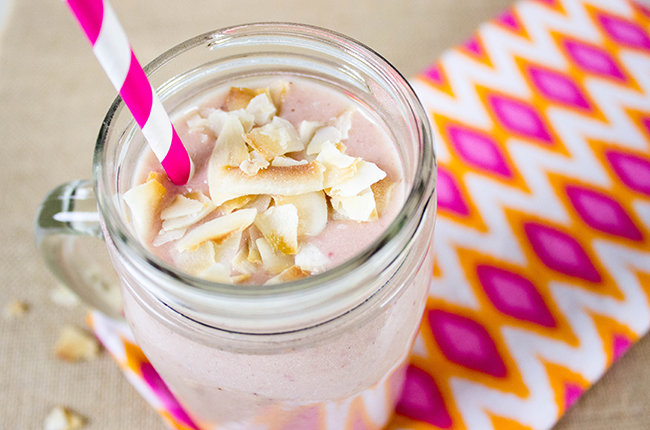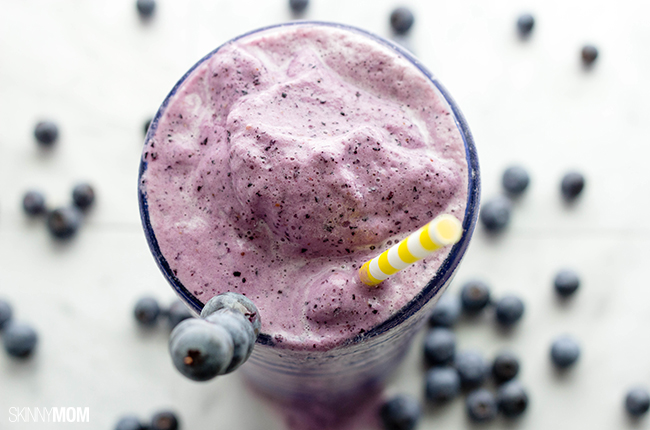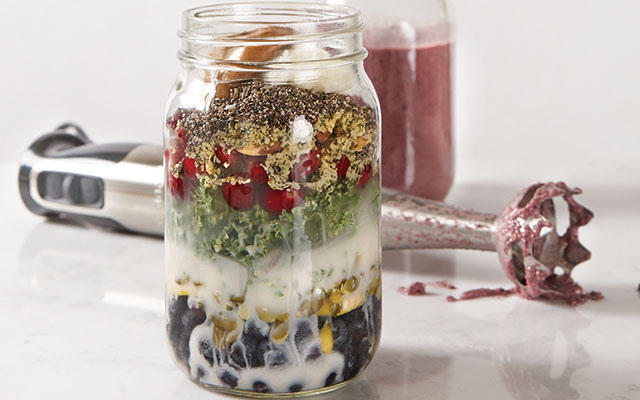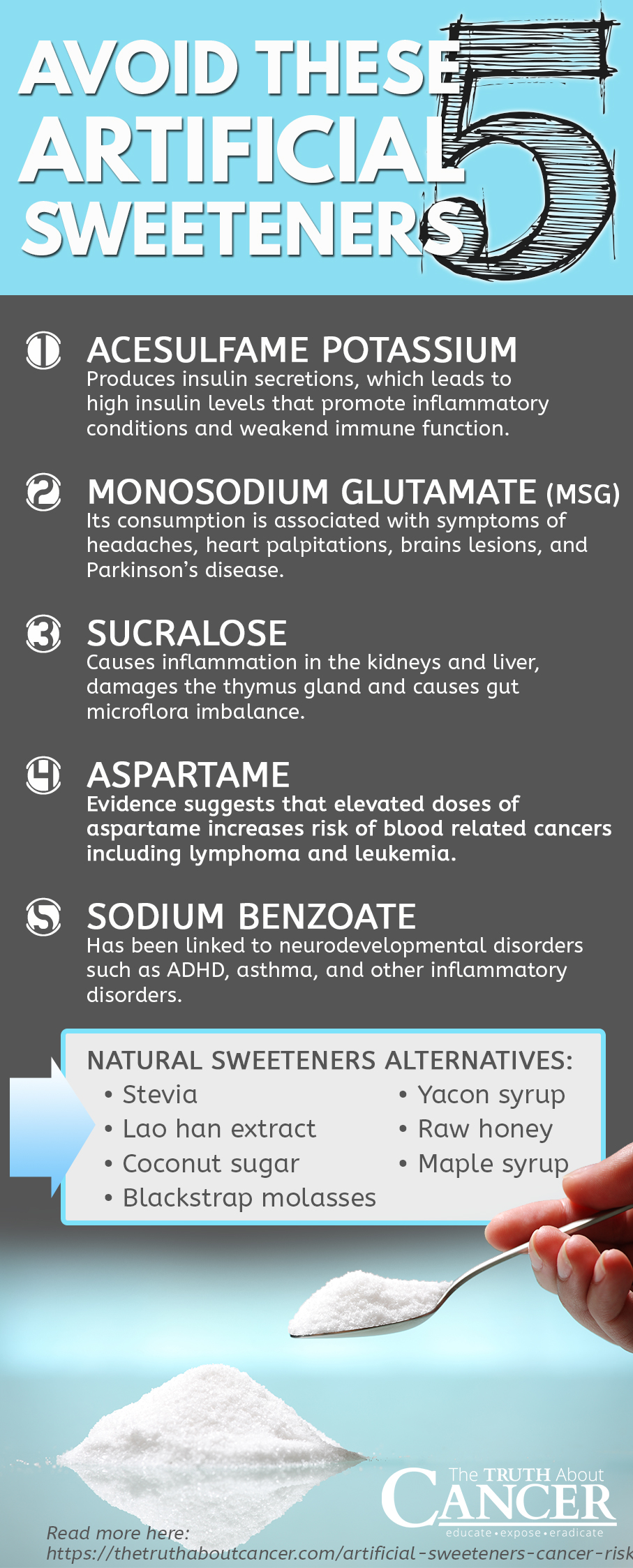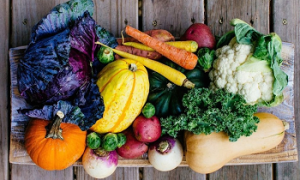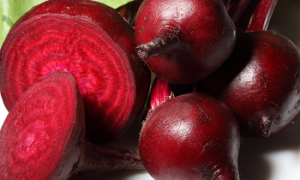I have a daughter who battles acne. I can definitely say from experience the more we implement healthier and mindful foods into her nutrition plan the better her acne is. Read this interesting article I found and agree with.
HEALING ACNE FROM THE INSIDE OUT
The best way to tackle acne is from the inside out.
It’s tempting to think of acne as a second-class health concern, one that is more about vanity than anything else.
In fact, the opposite is true: the functional-medicine community classifies acne as a chronic condition, one with various root causes, and “curing it is 100 percent an inside job,” said women’s hormone expert Alisa Vitti in a recent Facebook Live video.
That’s because acne is almost always a symptom of a deeper imbalance. “Many times there’s a hormonal component,” says Vitti, who wrote WomanCode: Perfect Your Cycle, Amplify Your Fertility, Supercharge Your Sex Drive, and Become a Power Source. “It can also be related to micronutrient deficiencies or compromised bacteria in the gut, which manifests in your dermal layers.”
Poor digestion, or slow or compromised detoxification, can play a role, too. “If detox is sluggish, if you aren’t breaking down hormones internally, your skin will show it because the skin is the largest organ of detoxification,” continues Vitti.
And to dismiss acne treatment as little more than a salve for one’s vanity is to ignore the very real emotional and psychological ravages brought on by the condition. With persistent or cystic acne, people tend to retreat from social interactions and become isolated. The condition is also on the rise, notes Vitti: “More and more people are dealing with breakouts.”
The Root Causes of Acne
Hormone imbalance is a major factor when it comes to acne. Think of adolescence, when estrogen and testosterone flood the body for the first time and cause those much-loathed teenage breakouts. Or the menstrual cycle, when fluctuating estrogen levels contribute to cyclical breakouts.
But estrogen and testosterone are not the only hormones that affect the skin. Insulin is one of the body’s master hormones, and high levels of insulin aggravate acne. “Insulin stimulates oil glands,” says holistic and integrative dermatologist Karen Chen, MD.
Insulin is produced by the pancreas every time we eat, but more insulin is produced when we eat foods high in sugar and refined carbohydrates (known as high-glycemic foods). When a lot of high-glycemic foods are consumed, insulin levels in the bloodstream go up, stimulating oil production.
Insulin-like growth factor (IGF-1) has a stimulatory effect on oil glands and also leads to elevations in testosterone and androstenedione, which in turn can stimulate oil production, notes Chen. Whey-protein shakes boasting high amounts of IGF-1 can contribute to acne in susceptible individuals, she adds, so she suggests protein shakes from pea, rice, or hemp proteins as alternatives.
Gut health is another root cause. Multiple factors can erode gut health, including food sensitivities, imbalanced gut flora, insufficient production of digestive enzymes, and regular exposure to inflammatory foods. These can lead to leaky gut, unhappy intestinal microbes, poor nutrient absorption, and inflammation.
Add compromised detoxification pathways to the mix, and you have a recipe for skin problems.
“If you have poor digestion and detoxification, it will show on your skin,” says Chen.
Acne Rx
The best way to tackle acne is from the inside out. Topical treatments may quiet breakouts in the short term, but it’s the internal ecosystem that needs healing — and most medications ultimately make the gut microbiome worse.
Many women are prescribed hormonal birth control to ease acne, but this, too, is not a long-term fix since it doesn’t address the root causes — and has a slew of side effects. What’s more, many women experience rebound acne when they come off the pill, and these postpill breakouts tend to be worsethan the breakouts they experienced before.
So what are the best strategies for addressing the root causes of acne? Chen and Vitti offer these six tips:
- Start with food. Focusing on food is the first and best place to start. “You can’t out supplement a poor diet,” says Chen. Keep two key factors in mind when curating an anti-acne meal: Make it anti-inflammatory and low glycemic. Luckily, foods that fight inflammation and foods that keep blood sugar stable are often one and the same. Think low-glycemic, high-phytonutrient vegetables like broccoli, arugula, kale, dark leafy greens, and vegetables of different parts of the color spectrum; healthy proteins like pastured meat, wild-caught fish, and eggs; healthy fats (like the kind found in avocados and olive oil), and low-glycemic fruit like berries. At the same time, cut down or completely cut out highly processed foods and foods with added sugar.
- Consider cutting out dairy. Dairy is highly inflammatory and a common food trigger (meaning it can aggravate the lining of the gut and, hence, aggravate acne). Dairy can also increase insulin levels and IGF-1, notes Chen. Yogurt is easier to digest and does not cause the same increase in insulin as milk, she adds, and therefore may be tolerated in someone who does not tolerate other dairy.
- Consider cutting out gluten. It’s well known that many folks are sensitive to gluten, exposure to which can leave them feeling fatigued, achy, and dull with brain fog. What’s less well known is that gluten triggers increased levels of zonulin (zonulin is a protein that regulates the permeability of the lining of the gut) in everybody whether they experience other gluten-related symptoms or not. So giving up gluten helps heal the lining of the gut no matter what — and a healthier gut almost always translates into clearer skin.
- Try targeted nutritional and supplemental interventions. Both Chen and Vitti point out the skin-clearing benefits of adding ground flaxseed or flaxseed oil to your daily routine. Chen also notes the power of the herbal supplement berberine. Berberine has antimicrobial action and it helps stabilize blood sugar, so it helps fight breakouts on two fronts. Berberine is a powerful herb, however; the decision to take it should always be made in conjunction with a trusted healthcare provider.
- Maximize your micronutrients. Optimizing levels of carotenoids; B, C, and E vitamins; omega-3 fatty acids; and zinc, selenium, and probiotics can help clear the skin. Essential fatty acids such as those in fish, flaxseeds, evening primrose and borage oils can be helpful. Work with a trusted healthcare practitioner if you want to add supplements to your acne-fighting regimen. Remember, too, that even if you’re taking in a lot of high-quality supplements or whole-foods sources of these micronutrients, it doesn’t always mean that your body is absorbing them. If you suspect poor absorption is a problem for you, consult your practitioner.
- Boost your detoxification pathways. The liver is the body’s main organ of detoxification. In the first phase of detoxification, toxins (including used-up hormones) are shuttled to the liver to be broken down. In phase two, the liver sends these broken-down toxins back out into the body to be eliminated. Elimination happens in one of three ways: through sweat, urine, and the bowels. You can optimize the detox process at every step of the way. Eating cruciferous vegetables (the broccoli and cauliflower family, for example) is one of the best ways to support liver function; getting regular exercise or making use of other sweat therapies (like infrared sauna) boosts sweat; staying hydrated keeps the bladder moving, and a high-fiber diet does the same for the bowels.
Using lifestyle medicine to address the root causes of acne can make a difference in skin health and appearance is as little as a month — roughly the same amount of time it takes prescription medications to kick in, says Chen.
Laine Bergeson is a veteran health journalist and a certified functional-medicine health coach. She believes lifestyle medicine is a blockbuster drug.
Thank you for reading and coming to my website today!
Aricle found on Experience LIfe website.
Any questions please email me. If you liked this article please share with your friends.
Blissful Day,
Shari
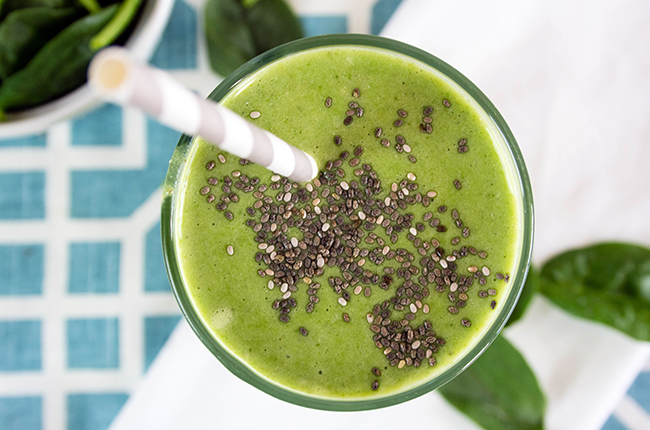 Prep time: 5 minutes
Prep time: 5 minutes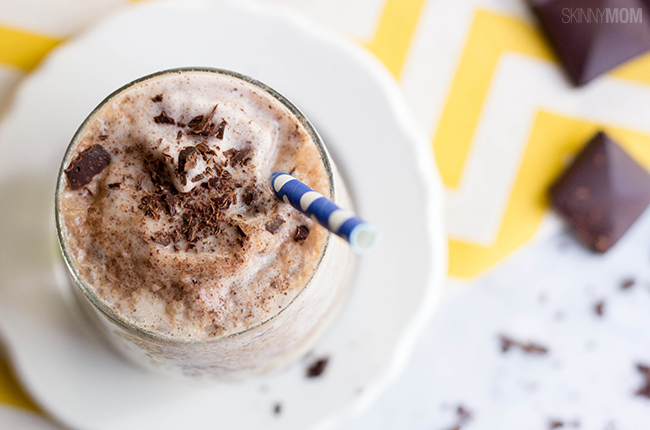
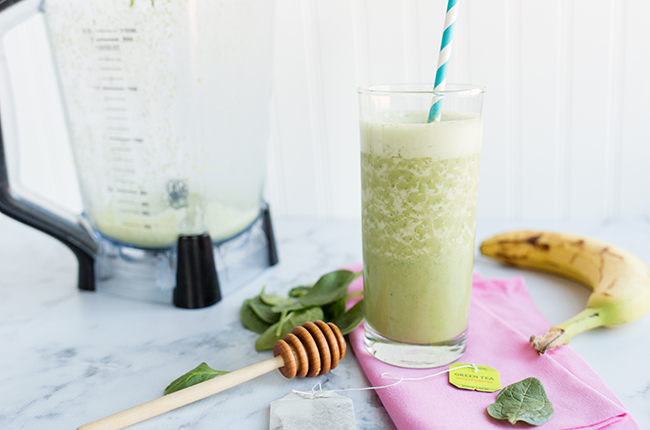 Prep time: 5 minutes
Prep time: 5 minutes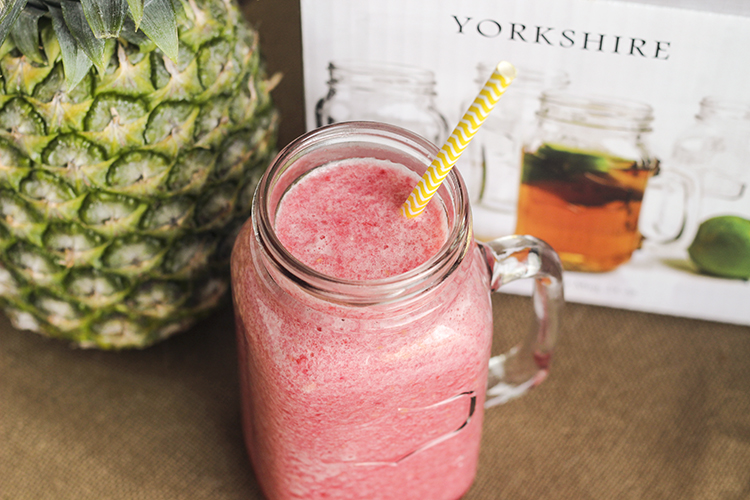 Prep time: 10 minutes
Prep time: 10 minutes